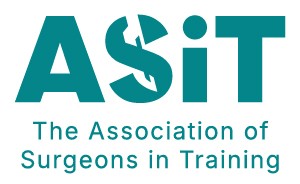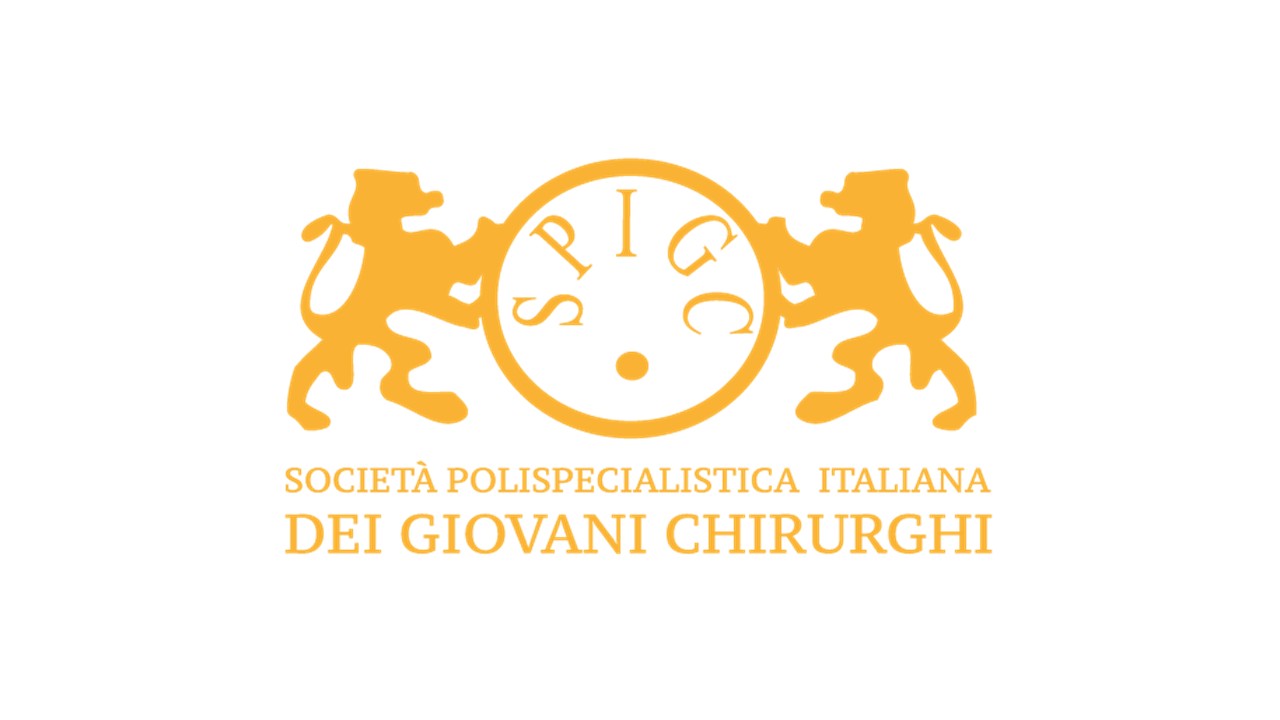BJS Academy>Continuing surgical ...>Resilience and the m...
Surgical digest
Resilience and the modern surgeon
Dr Agnes Arnold-Forster
Centre for History in Public Health, Faculty of Public Health and Policy, London School of Hygiene and Tropical Medicine, 15-17 Tavistock Place, London, WC1H 9SH
Related articles

ERAS – yesterday, today and also for tomorrow? The ERAS Society perspective.
Olle Ljungqvist, Ulf Gustafsson, Hans D. de Boer
ERAS so far It is more than 25 years ago that a multimodal approach to recovery after major surgery, called fast track surgery, was first proposed1,2. Combined with laparoscopic surgery it showed that old and frail patients were fit to leave the hospital in two days after major surgery3. Larger follow up studies reported that this could be achieved with fast track surgery alone. This inspired a group of surgeons from Northern Europe to form the Enhanced Recovery After Surgery (ERAS) Study Group in 20014. The members hypothesized that bringing together all potential stress reducing and recovery improving care elements into one program, would enhance recovery after surgery. The first ERAS protocol was published in 20055. But alongside the guideline there was a need to also organize care in a new way to make ERAS fully functioning6 (Table 1). When the guideline was tested a clear relationship was shown with more care elements in the protocol in use and improved outcomes regarding both complications, length of stay and readmissions suggesting that detailed audit would be key7-9.
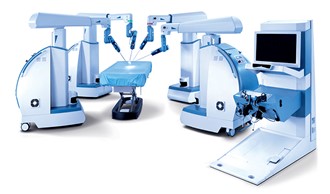
Robotics surgery
Omar Yusef Kudsi, MD, MBA, FACS
Introduction With multiple advantages over laparoscopic and open surgery, including stereovision, enhanced precision and dexterity, surgeons are transitioning to robotic surgery. Practicing robotic surgeons praise the platform’s improved ergonomics and camera control, advantages that are worth the challenge of overcoming the steep learning curve. Thus, robotics is becoming the cornerstone for advancing the field of minimally invasive surgery. An obvious pattern in the diffusion of cutting-edge technologies is that it starts with one manufacturer – Intuitive Surgical has currently near complete dominance of the robotic surgery market. However, in the future, new robotic platforms will become available. Here we discuss the advantages and challenges with robotic surgery.

Is there a role for coaching in surgical training and beyond?
Rebecca Winterborn
I have often wondered why as Consultant Surgeons we do not have coaches. Professional sportspeople, singers and even high-end executives receive coaching throughout their careers. Why is it that we think as surgeons we magically become competent and stay competent? Why do we still follow a model of pedagogy, where there is a presumption that, following a period of teaching, after a certain point, instruction is no longer needed. ‘You’re cooked’ and you can go the rest of the way yourself, with a reliance on continuing personal development. Back in 2011, Atul Gawande authored an article in The New Yorker entitled Personal Best1. He noted that within 10 years of completing his surgical training he had reached a plateau. His rate of complications steadily lowered to better than average and there they stayed. It felt to him like the only direction they could go, was backwards. He reflected that his outcomes were not necessarily about his evolving practical skills but more about familiarity and judgment. Would coaching help to maintain his outcomes, in the same way that coaching helps to maintain Rafa Nadal’s outcomes playing tennis. He enlisted the support of a retired colleague who observed him in theatre and offered advice and coaching. He noted that his complication rates started to reduce again as he applied the insights.
Copied!
Connect

Copyright © 2025 River Valley Technologies Limited. All rights reserved.

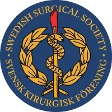




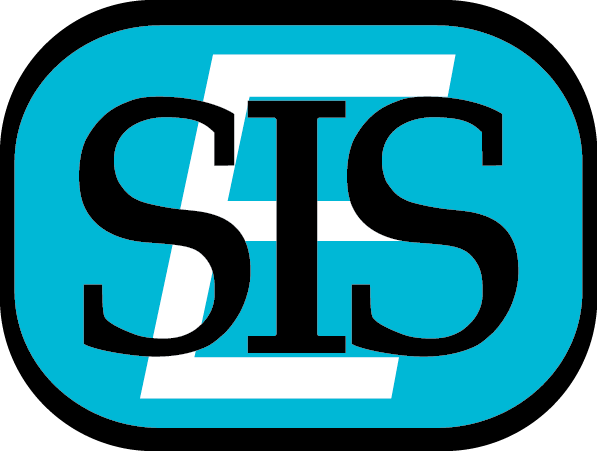

.jpg)
